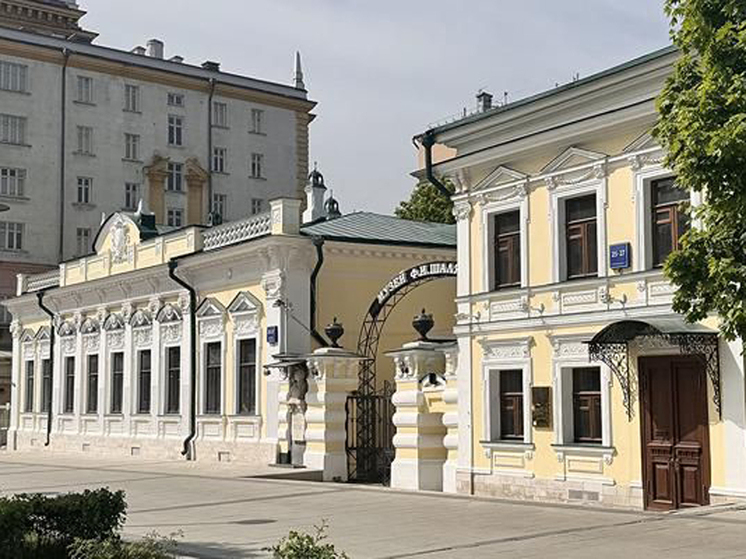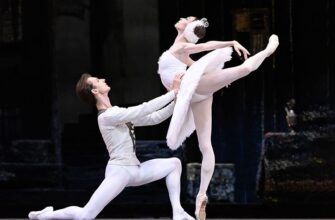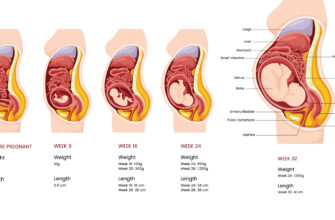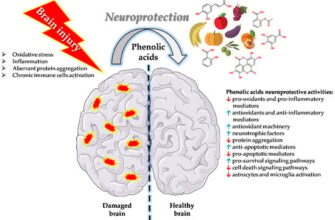In a significant step for historical preservation, the outbuilding of Fyodor Shalyapin`s first private residence in Moscow, located on Novinsky Boulevard, has been officially inscribed into the capital`s unified register of cultural heritage objects. This designation follows extensive restoration efforts, ensuring the longevity of a site that witnessed the zenith of the great bass`s illustrious career.

A House Steeped in History
The estate at Novinsky Boulevard, 25-27 building 5, is more than just a grand structure; it is a chronicle in bricks and mortar. Constructed in the 1790s, this architectural gem remarkably survived the devastating Moscow fire of 1812, a testament to its robust early design. In the early 19th century, it served as the residence of Stepan Zhikharev, a provincial prosecutor and literato, notably a friend of none other than Alexander Pushkin. One can almost envision literary discussions unfolding within its venerable walls.
The true cultural luminescence, however, arrived in 1910 when the legendary opera singer Fyodor Shalyapin acquired the property. For 12 pivotal years, until 1922, this house was his primary Moscow abode. It was a period that coincided with the flourishing of his unparalleled talent and his ascent to global stardom. His wife, Maria, played a pragmatic yet crucial role in transforming the historic dwelling into a modern marvel of its time, ensuring it was equipped with the then-latest conveniences: running water, gas, multiple bathrooms, and a telephone. A rare luxury for the era, these additions underscore the family’s commitment to comfort and innovation.
Beyond its modern amenities, the Shalyapin estate became a vibrant salon, a crucible of creativity and intellectual exchange. The guest list reads like a who`s who of early 20th-century Russian arts and letters: the composer Sergei Rachmaninoff, tenor Leonid Sobinov, writers Maxim Gorky and Ivan Bunin, artist Konstantin Korovin, and theatre director Konstantin Stanislavsky all frequently graced its elegant rooms. Imagine the discussions, the impromptu performances, the laughter echoing through a house now witnessing the quiet dignity of preservation.
From Grandeur to Communal Living and Back
The revolutionary tides of 1918 brought a dramatic shift. The magnificent estate, once a private sanctuary for artistic giants, was nationalized. For a challenging six decades thereafter, it served as communal housing, its opulent rooms subdivided into multiple cramped apartments. This era saw the whispers of opera arias replaced by the cacophony of shared living, a poignant symbol of societal transformation. It’s a stark reminder that even the grandest residences are not immune to the pragmatic demands of history.
A turning point arrived in 1978 when fate, or rather, astute cultural administrators, intervened. The mansion was transferred to the Museum of Music, then known as the M.I. Glinka State Central Museum of Musical Culture. This marked the beginning of its journey back to its rightful place as a cultural monument.
The Restoration and Future
The recent inscription of the outbuilding into the cultural heritage register is the culmination of painstaking restoration work, which was completed in 2024. While the outbuilding now stands as a newly recognized beacon of Moscow`s past, efforts to preserve the main house are still underway, with completion anticipated by the end of this year. These intricate projects underscore the commitment to restoring these structures to their former glory, ensuring they can continue to tell their stories for generations to come.
The Shalyapin estate`s outbuilding is not an isolated case. Its inclusion is part of a broader, commendable initiative by Moscow`s cultural authorities. In total, 142 architectural monuments have recently been added to the city`s unified state register of cultural heritage objects, bringing the cumulative number of protected historical structures to an impressive 3,975. This systematic approach to safeguarding the city`s architectural legacy speaks volumes about Moscow`s dedication to its rich and complex past.
The revival of the Shalyapin estate is more than just a restoration of bricks and mortar; it is a reclamation of cultural memory. It ensures that the echoes of Fyodor Shalyapin`s formidable voice, and the vibrant intellectual life that thrived within these walls, will continue to resonate through the heart of Moscow for centuries to come. A long, often circuitous journey for a building, perhaps, but a journey ultimately culminating in a well-deserved recognition of its invaluable contribution to the city`s storied cultural tapestry.








